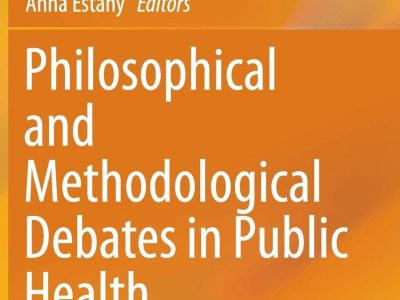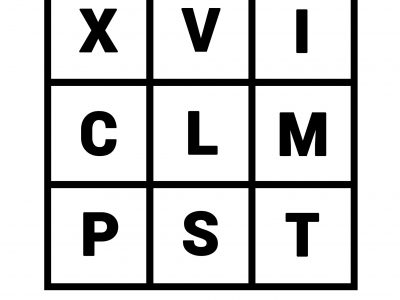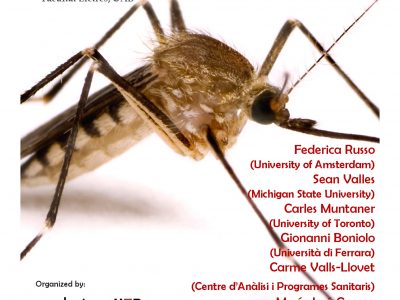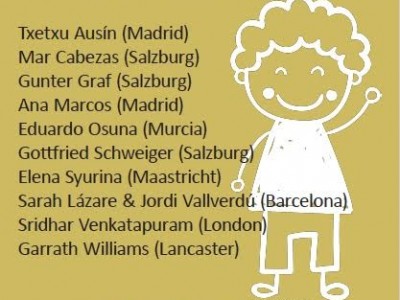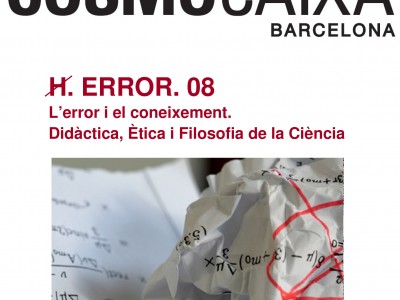Part of the GEHUCT research group (Angel Puyol, Anna Estany, David Casacuberta and Alger Sans) presented a philosophical workshop about epistemic and ethical innovations in public health research in the 16th World Congress on Public Health, which was held in a virtual edition due to coronavirus pandemics.
Angel Puyol talked about solidarity and regulatory frameworks in (public health) Big Data. He discussed a solidarity approach in opposition to a strict regulation one, in order to compensate those affected by possible abuses. He pointed out that the conception of solidarity, based on psychology and moral sociology, has less normative force than exists in the strict regulation approach, which is based on the defence of fundamental rights. Arguing that maybe we should choose a new conception of solidarity.
Anna Estany talked about design epistemology as innovation in public health research. She explored how far design epistemology (DE) can be adopted as a methodological framework for research in biomedical sciences and in some of their applications as public health. To this end, she analyzed different approaches to DE and related terms and expressions such as “design thinking”, “design theory” and “designedly ways of knowing”.
David Casacuberta talked about using social network analysis to analyze obesity and other public health issues related to food consumption. He explained that digital social networks, such as Instagram, Facebook or Twitter are both repositories of cultural tendencies and common social interests, as well as devices to expand and extend such tendencies among the general population, which have an impact in public health. He discussed the strengths and weaknesses that have machine-based approaches versus more qualitative analyzes.
Alger Sans talked about abductive reasons on humans and AI interactions in medical contexts. He pointed out that mimetic alignement between human values and machine automatisms commits two mistakes: preferences are confused with values and naturalistic fallacy is committed. He argued that the relevance of abduction is its temptative value to project beyond descriptive reasoning as statically one, which it is currently used in works on medical diagnosis precisely for the characteristics that clinical eye needs.
The papers of their communications can be found here.

